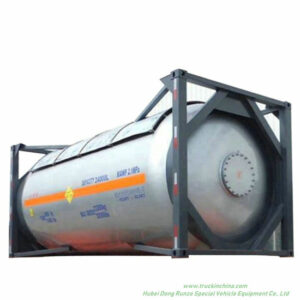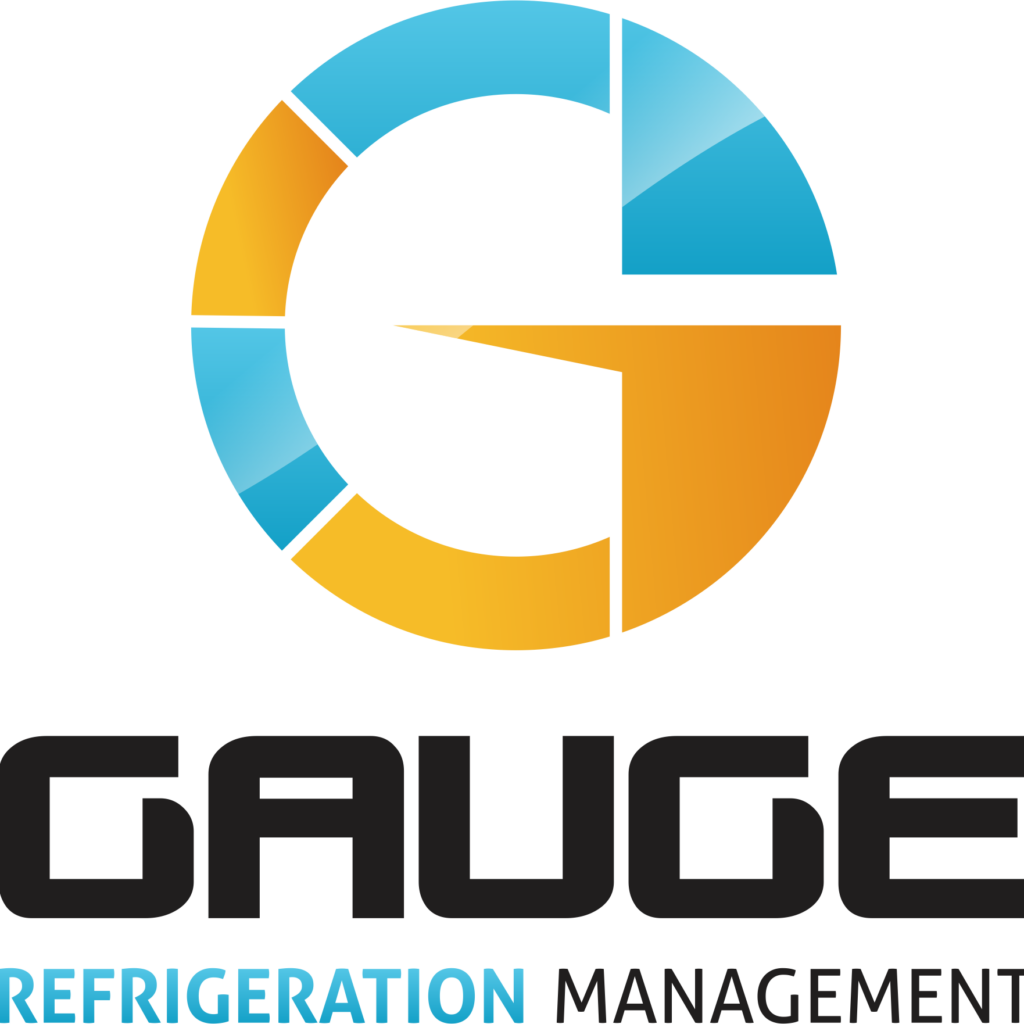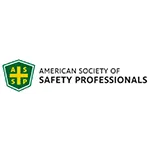SAFTENG Has
- Over 17,500 categorized unsafe acts/conditions and accident/injury photos
- Over 1,400 ppt's & doc's
- Over 3,900 technical articles on Process Safety & Occupational Safety & Health matters
- Over 400 videos
CLICK HERE to Renew your Membership
CLICK HERE for a NEW Membership
CLICK HERE to see eligibility requirements for FREE Membership
If you have any questions, please contact me

I am proud to announce that have extended our”Partners in Safety” agreement for another year (2025).
CI Members, send me an e-mail to request your FREE SAFTENG membership.





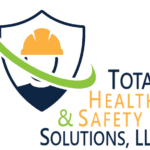





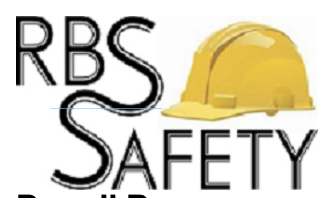


June 27, 2022
I’ve noticed that for certain chemicals, RMP*Comp gives substantially different distances to the toxic endpoint than previous versions.
Why?
…
HomeRead More »
Read More
June 27, 2022
The prevention program requirements under 40 CFR Part 68, Subparts C and D, include hazard reviews and process hazard analyses. Is a hazard review synonymous with a process hazard analysis (PHA)?
No!
…
HomeRead More »
Read More
June 27, 2022
The Program 3 prevention program requirements under 40 CFR Part 68 are almost identical to the requirements of OSHA’s process safety management (PSM) standard. OSHA exempts certain industries from the PSM standard.
Why does EPA not exempt those same industries from the CAA §112(r) risk management program requirements?
…
HomeRead More »
Read More
June 27, 2022
What if the quantity in the process fluctuates? I may not have a threshold quantity now, but I will intermittently exceed the threshold quantity.
…
HomeRead More »
Read More
June 27, 2022
The owner or operator of a stationary source covered by the risk management program regulations must conduct a worst-case release scenario analysis as part of the required hazard assessment (40 CFR §68.25). The worst-case release is defined as the release of the largest quantity of a regulated substance from a vessel or process line failure that results in the greatest distance to an endpoint (40 CFR...
Read More
June 27, 2022
For the purpose of analyzing the worst-case release scenario required as part of the hazard assessment at 40 CFR Part 68, Subpart B, the worst-case release quantity is identified as the greatest amount held in a single vessel or pipe, taking into account administrative controls that limit the maximum quantity (40 CFR §68.25(b)).
Why did EPA choose to allow consideration of administrative controls when...
Read More
June 27, 2022
As part of the hazard assessment, owners and operators of Program 2 and Program 3 covered processes must identify and analyze alternative release scenarios (40 CFR §68.28).
What criteria should be used when selecting an alternative release scenario?
…
HomeRead More »
Read More
June 27, 2022
Below is a video of a tragic accident that occurred today in Jordan’s Aqaba shipping port.
A 25-Ton ISO Container of Chlorine (Cl2) (like the image to the left) was being lifted off a truck and onto a ship when somehow the container was dropped (too early to know the cause).
The video shows the power of a Liquified Pressurized Gas (Cl2 BP = -29F).
At this posting, there are 10 deceased...
Read More
June 24, 2022
This is one for all the Behavior-Based Safety Observation admirers who somehow convinced themselves their BBS process is flawless. Most of us in the safety profession has seen the “gorilla and basketball” video. The study used a video made famous by earlier “inattention blindness” research featured in the 2010 book “The Invisible Gorilla,” by Christopher...
Read More
June 21, 2022
The accident occurred in the hexane-based rapeseed oil extraction process. After grinding the seed and obtaining meal that is then steam-cooked (100°C), pressing in a continuous screw press is used to obtain 2/3 crude oil and flakes containing 1/3 oil. This oil is extracted from the flakes in the extraction process: the flakes are transported through the extractor while a mixture of hexane and oil...
Read More
June 13, 2022
Chlorine, CAS No. 7782-50-5, is an extremely hazardous substance regulated and listed in 40 C.F.R. § 68.130. As the owner and operator of a stationary source, with respect to the use and storage of ferric chloride and sodium hypochlorite, Respondent has a duty under the General Duty Clause, Section 112(r)(1) of the CAA, to design and maintain a safe facility taking such steps as are necessary to prevent...
Read More
June 13, 2022
The Respondent processes and freezes poultry products for distribution. The Respondent has two systems which include Anhydrous Ammonia at the Facility. The Respondent had one RMP program level 3 covered process (anhydrous ammonia refrigeration systems) which store or otherwise use a regulated substance in an amount exceeding the applicable threshold. The Respondent’s poultry freezing processes...
Read More


